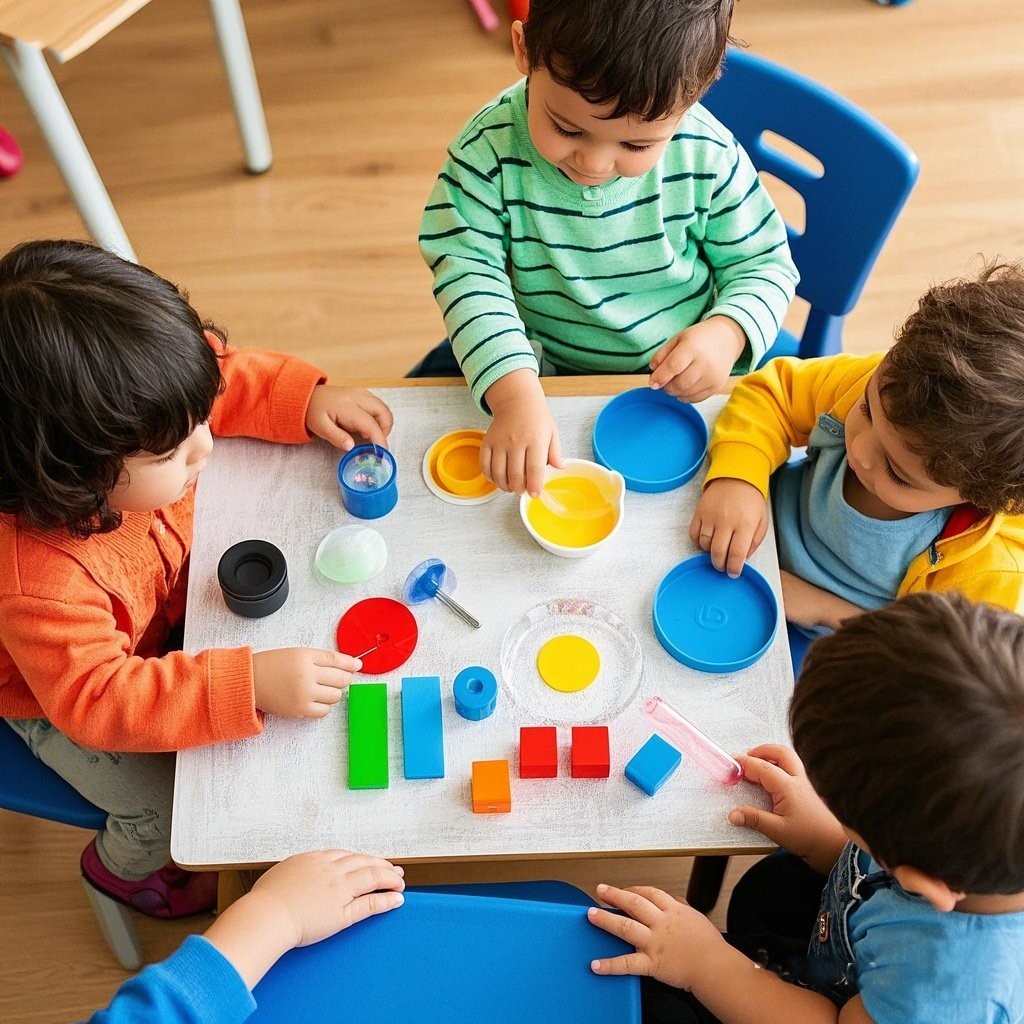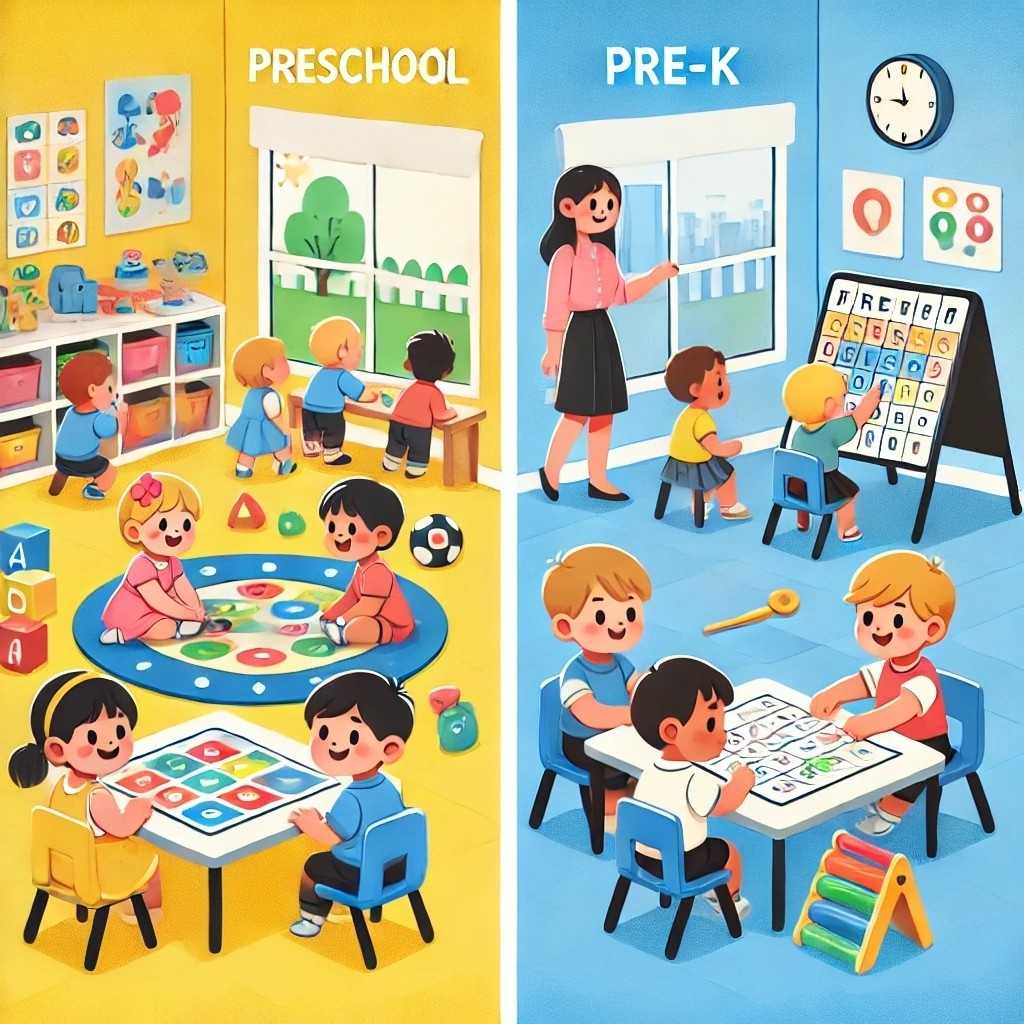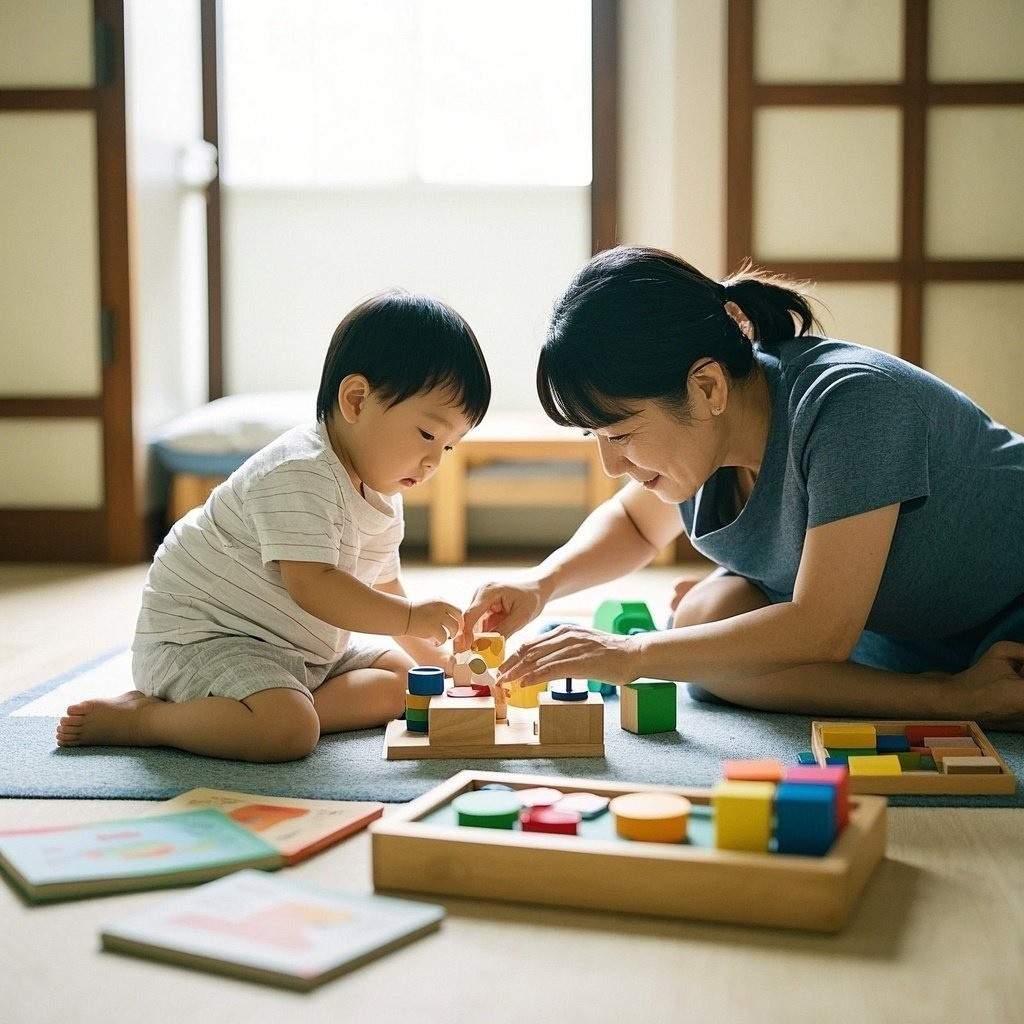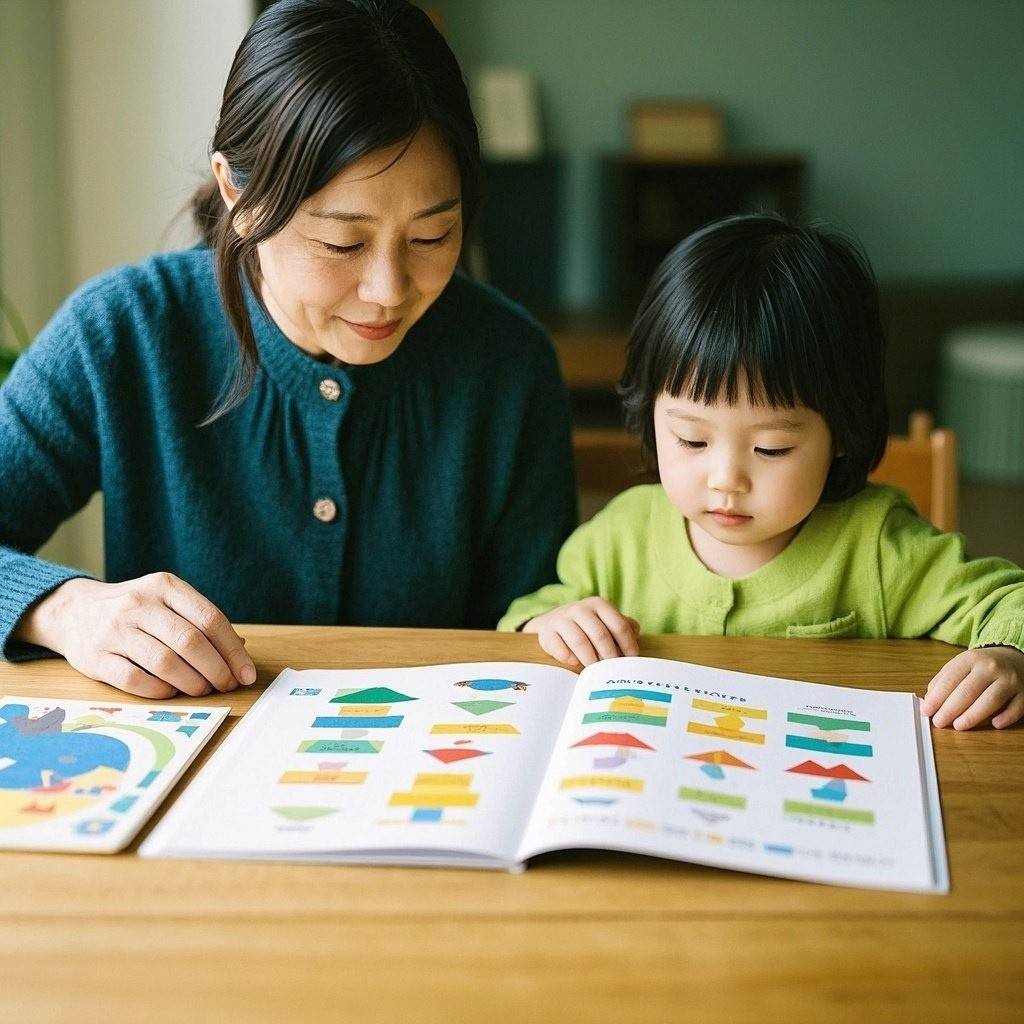In the world of early childhood education, play is more than just fun—it’s the foundation of learning. Preschoolers learn best by doing, touching, exploring, and experimenting. That’s why introducing STEM (Science, Technology, Engineering, and Math) through play is one of the most effective ways to nurture curiosity, problem-solving skills, and a lifelong love of learning.
While STEM encompasses many disciplines, this article will focus on one especially magical and accessible area: science. With a few simple materials and a bit of creativity, parents and educators can turn everyday moments into rich preschool science activities that spark wonder and discovery.
Why Playful Science Matters in Preschool
Preschoolers are naturally curious. They ask questions, observe everything, and often experiment without even realizing it. Whether it’s splashing in puddles or stacking blocks, young children are already engaging in the early stages of scientific thinking.
Key Benefits of Science Through Play:
- Builds Observation and Inquiry Skills
Children learn to use their senses to explore the world—touching, smelling, watching, and listening—essential steps in scientific discovery. - Supports Cognitive Development
Early exposure to STEM for preschoolers boosts brain development, especially in areas related to critical thinking and logical reasoning. - Promotes Language and Communication
When children describe what they see or predict what will happen, they build vocabulary and improve verbal expression. - Encourages Independence and Confidence
Completing a science activity, even a simple one, gives preschoolers a sense of accomplishment and pride in their abilities. - Lays a Foundation for Future Learning
Introducing early childhood science concepts prepares children for future academic subjects by making learning feel natural and exciting.
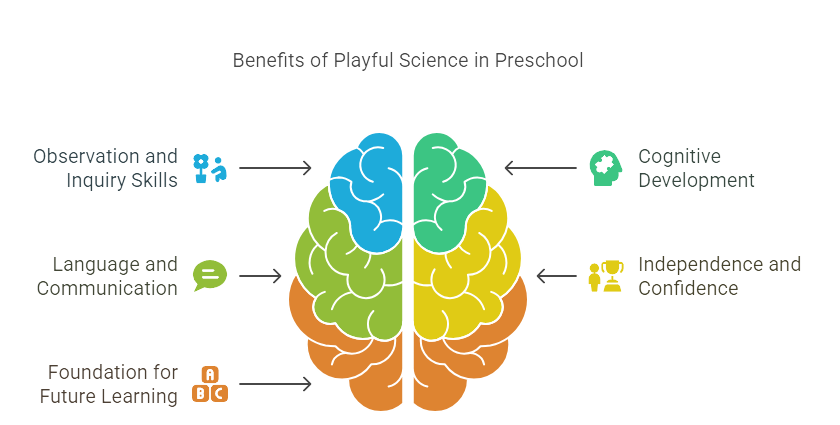
Guiding Principles for Preschool Science Exploration
Before diving into activities, it’s important to understand what makes hands-on science successful for young learners. The goal isn’t to drill facts but to provide space for exploration.
Keep It Simple and Safe
Use materials that are safe, age-appropriate, and preferably items you already have at home or in the classroom.
Focus on the Process, Not Perfection
In preschool science activities, the goal is exploration—not always reaching a perfect conclusion. Let children observe, guess, and experiment without the pressure of “right answers.”
Ask Open-Ended Questions
Instead of telling them what’s happening, ask:
- “What do you think will happen next?”
- “Why do you think that changed?”
- “How can we try it a different way?”
Let Kids Lead
The most meaningful learning happens when children are encouraged to follow their interests. If they love water, start with water-based experiments; if they love bugs, explore nature outside.
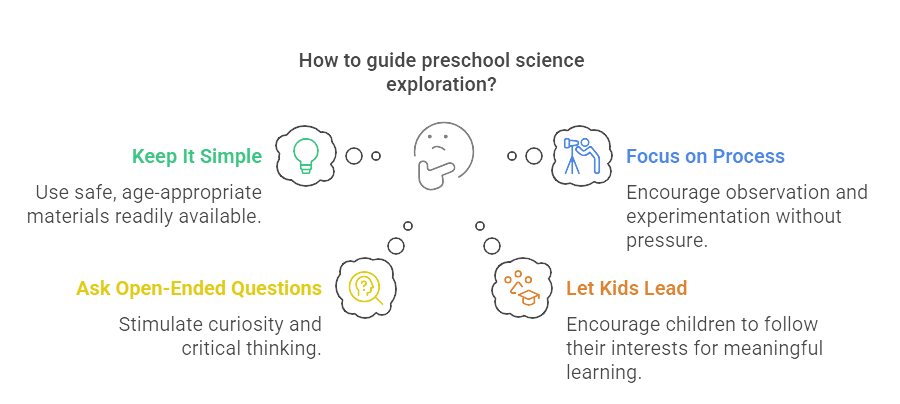
Creative and Playful Science Ideas for Preschoolers
Here are five easy-to-set-up, imaginative science experiments that bring STEM for preschoolers to life. These activities are designed to be fun, flexible, and packed with learning opportunities.
1. Fizzy Colors Experiment
Concepts Explored: Chemical reactions, color mixing
Materials:
- Baking soda
- Vinegar
- Food coloring
- Small containers or a muffin tin
- Droppers or spoons
Instructions:
- Place small piles of baking soda in a tray or muffin tin.
- Add a few drops of different food coloring to each pile.
- Help your child use a dropper to add vinegar and watch the fizzing magic!
What Kids Learn: This is a playful introduction to chemistry—kids see how substances react and learn about colors blending together.
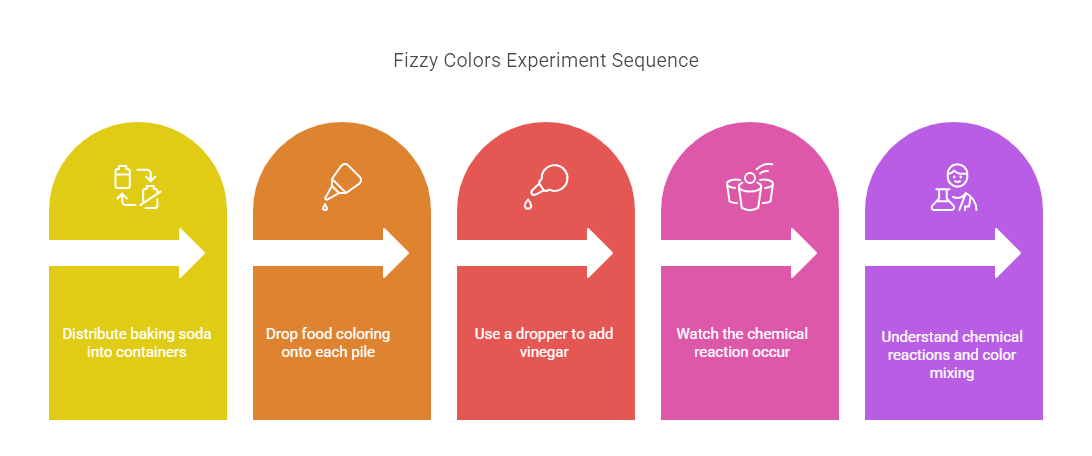
2. Nature Scavenger Hunt
Concepts Explored: Observation, classification, sensory awareness
Materials:
- A printable or hand-drawn checklist
- Small basket or bag for collecting items
Instructions:
- Head outside and encourage your child to find objects on the list: a smooth rock, a yellow flower, something that smells nice, etc.
- Talk about each object—how it feels, smells, or looks.
What Kids Learn: This activity enhances observation and helps children make connections between living and non-living things.
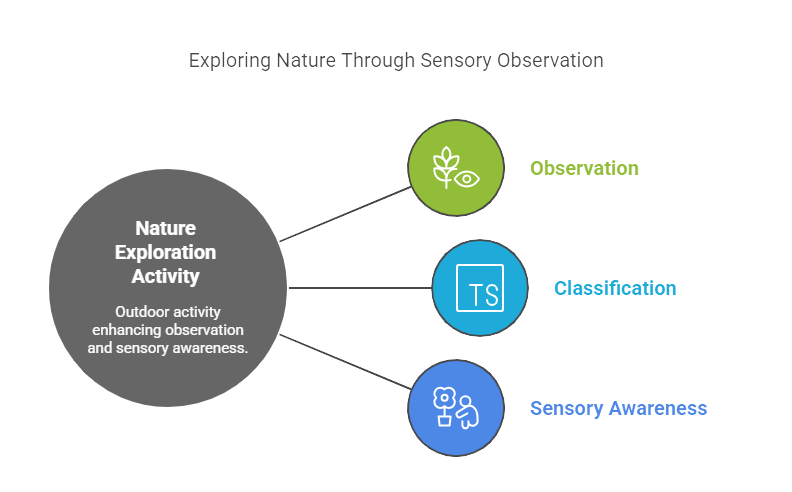
3. Ice Melting Rescue
Concepts Explored: States of matter, temperature, problem-solving
Materials:
- Small plastic toys
- Ice cube tray or small containers
- Water, salt, and droppers
Instructions:
- Freeze small toys in ice ahead of time.
- Give your child warm water, salt, and tools like spoons or droppers.
- Ask them to “rescue” the toys by figuring out how to melt the ice.
What Kids Learn: This fun and slightly dramatic activity teaches children about how heat changes solids into liquids.
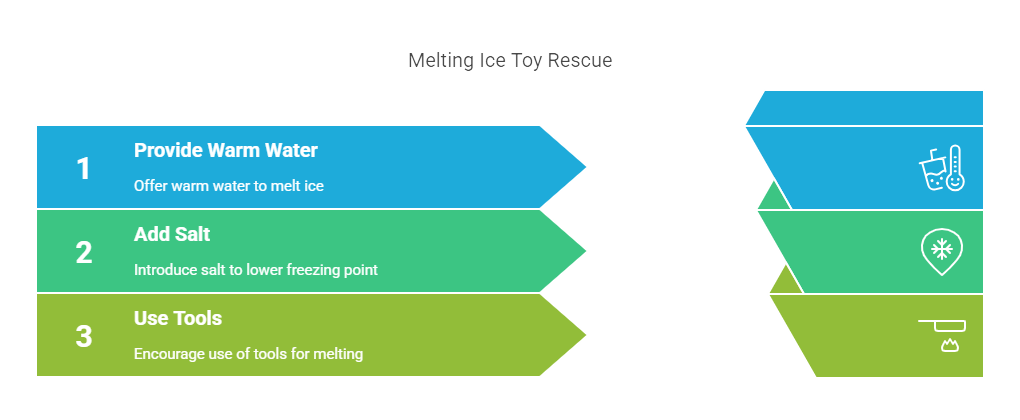
4. Shadow Tracing
Concepts Explored: Light, shadow, time of day
Materials:
- Toy animals or objects
- Paper
- Crayons or markers
- Natural sunlight or a flashlight
Instructions:
- Place a toy on a piece of paper where sunlight casts a clear shadow.
- Trace the outline of the shadow.
- Repeat at different times of day or use a flashlight indoors.
What Kids Learn: Children begin to understand how light behaves and how the position of the sun affects shadow size and shape.
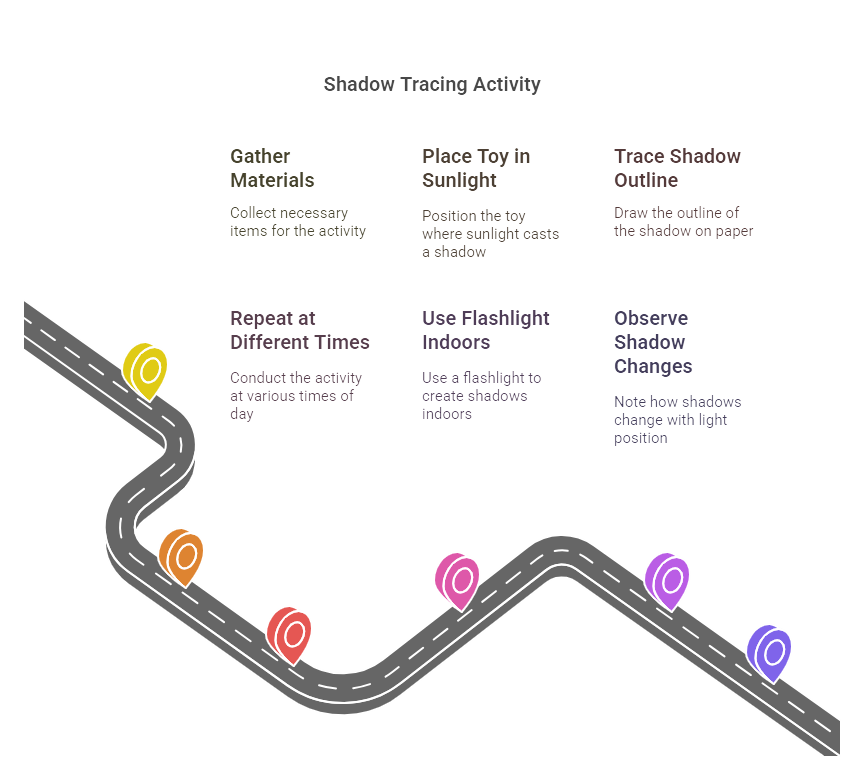
5. Grow Your Own Sprouts
Concepts Explored: Plant biology, observation over time
Materials:
- Cotton balls or paper towels
- Water
- Clear cups
- Seeds (like beans or lentils)
Instructions:
- Moisten cotton balls and place them in the bottom of a cup.
- Add seeds and place the cup near a window.
- Observe changes daily and document growth.
What Kids Learn: This slow science activity teaches patience, care, and understanding of the plant life cycle.
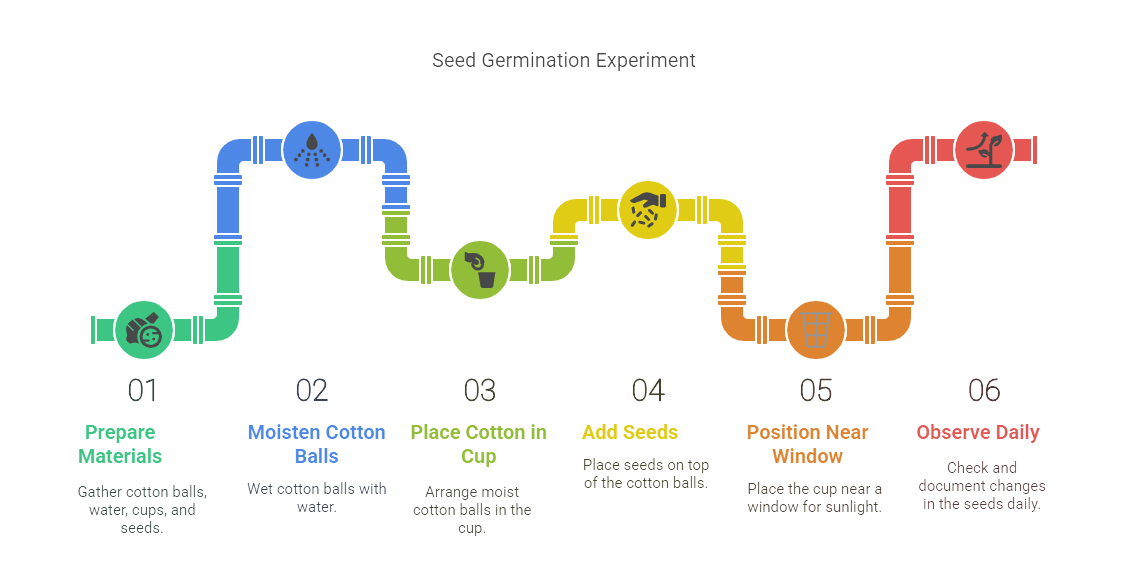
Making Science Part of Everyday Play
Science doesn’t have to be a separate lesson. In fact, some of the best opportunities for early childhood science are hidden in daily routines.
During Cooking:
- Let kids help measure ingredients.
- Talk about what happens when you mix or cook things.
At Bathtime:
- Test what floats or sinks.
- Explore bubbles and water movement.
In Nature:
- Go cloud watching and talk about weather.
- Observe insects or collect leaves.
While Reading:
- Choose books that focus on nature, space, or simple experiments.
- Ask your child to predict what might happen next in the story.
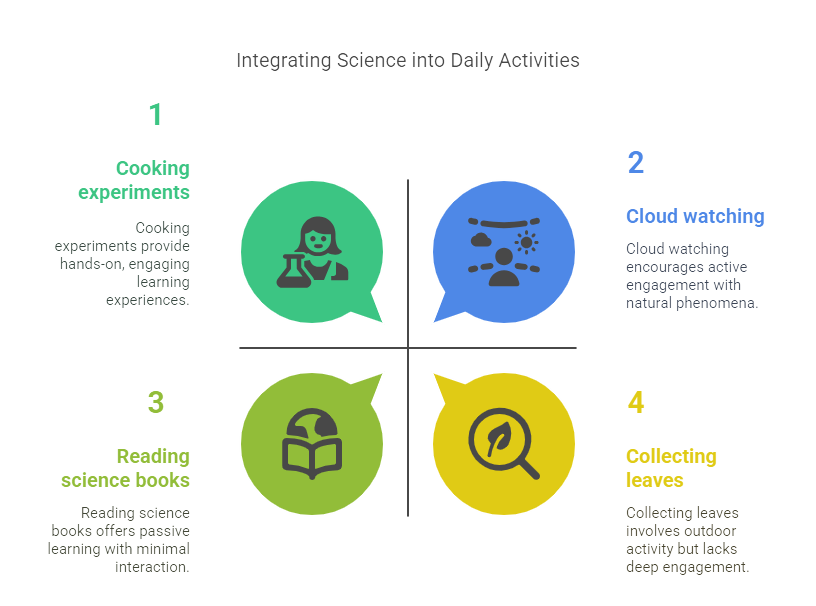
Conclusion
Introducing science through play in the preschool years is one of the most joyful ways to foster lifelong curiosity. It empowers children to explore the world, ask questions, and think critically—skills that will serve them in every subject and every stage of life.
By offering creative preschool science activities, you’re not just teaching science; you’re nurturing confidence, curiosity, and a deep sense of wonder. Whether it’s rescuing frozen toys or mixing colors to watch a fizzy reaction, each playful moment holds powerful potential for learning.
So gather your droppers, grab your baking soda, and get ready to play—because science is everywhere, and every child is a natural explorer.

